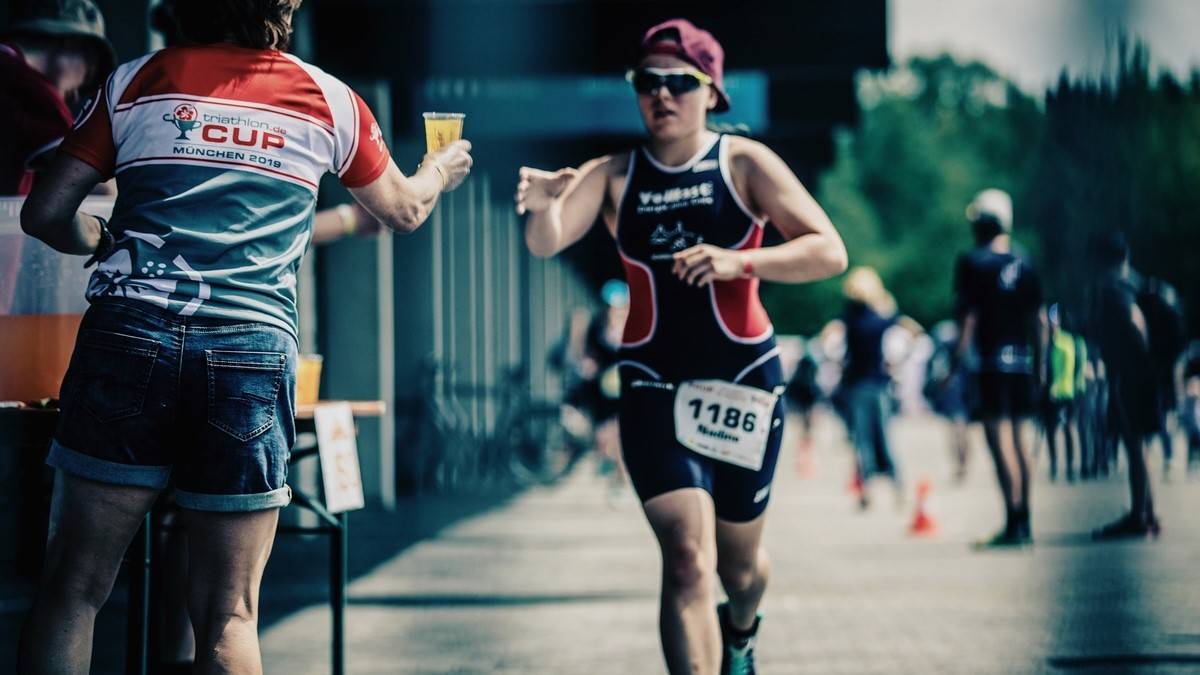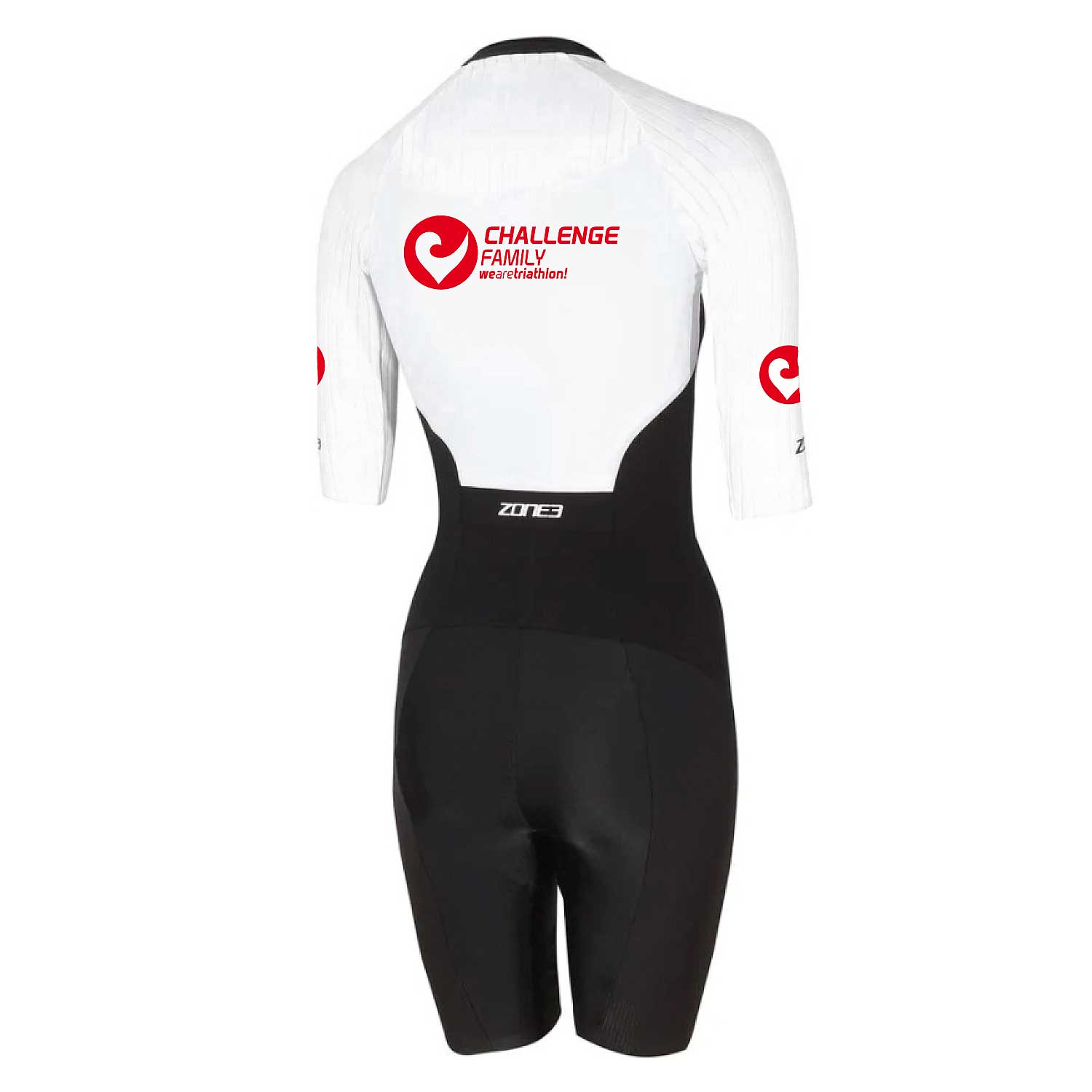A leg length discrepancy can be the cause of many (overload) complaints. Nevertheless, it usually takes a long time before pain is traced back to legs of different lengths. Precisely because triathletes put a lot of strain on their bodies and the smallest misalignments have even more effects, the leg length discrepancy, which is not at all uncommon, should also be taken into account.
Most differences in leg length are marginal - they are unnoticeable and the person concerned can live with them without pain. However, the greater the difference and the more extensive the training, the more likely it is that pain will result from the different lengths of the limbs. Complaints usually occur in the hip joint, knee or back. The reason for this is the crooked pelvis caused by the different lengths of the legs. This leads to overuse of the joints mentioned, a deterioration in general mobility, tense muscles and it can even lead to what is known as scoliosis, a curvature of the spine.
Triathletes commonly affected
Diligent triathletes are particularly affected: the lower extremities are heavily loaded during every running training session - if you have a difference in leg length, the symptoms mentioned above accelerate with the training. The leg length difference also has an effect on the bike: Since one leg has to "stretch" in order to be able to pedal just as hard, the pelvis and thus the upper body are also crooked. There shouldn't be any problems with swimming at first. A curvature of the spine caused by the leg length difference can, of course, then lead to considerable problems.
Anatomical and functional leg length discrepancy
There are now many methods to compensate for a leg length discrepancy. However, it should be known beforehand what the reason for the difference is. In medicine, a distinction is made between two groups of causes for leg length differences: the anatomical and the functional leg length difference. To put it simply, the anatomical difference is a “real” difference in leg length. One leg may be shorter than the other from birth, or it may have had its growth stopped due to a broken bone or a paralyzing disease. Here it is easy to compensate for the difference with an insole, a special shoe or thicker pedal plates.
A functional leg length discrepancy is an “apparent” difference in leg length resulting from some other cause. For example, if scoliosis is congenital, it also affects the pelvis and legs. The joints in the hips, ankles or knees can also show malpositions and tense, shortened or weak muscles can also affect the growth or position of the legs. There are also various diseases such as osteoporosis, which affects the statics of our running instruments, especially in old age.
So the question arises: which came first? chicken or egg? In the case of a functional difference in leg length, the actual cause must first be tackled, otherwise even the balanced difference in leg length can hardly lead to alleviation of the symptoms.
diagnosis and treatment
From the brief overview of complaints and possible causes, it can already be deduced that even a small problem can have large and many causes and effects. It is therefore worthwhile for every athlete to have their musculoskeletal system checked once - just as it is recommended to have a regular heart and blood check.
Visiting an orthopedist and a physiotherapist early (to test muscle function and mobility) can prevent possible wrong conclusions and prevent pain from arising in the first place.
A leg length difference can then be determined using different methods. The simplest: Depending on the size of the difference in the pelvis, an orthopedist can already see with the naked eye whether there are differences. In addition, certain pelvic scales are used to provide certainty. Of course, it is hardly possible to find out whether it is a functional or an anatomical difference in leg length. It is therefore also advisable to take an X-ray if there is a suspicion or to measure the pelvis and spine in such a way that a 3D image is created. Other orthopedic tests can find other causes for the length discrepancy.
compensation
How can a leg length discrepancy be compensated for? Of course, the simplest thing is to compensate for minor differences (up to about 1.5 cm) with insoles. Cyclists can mount plates under the pedals. Cranks of different lengths are not recommended, they influence the pedaling rhythm too much and can cause new problems. A larger difference is usually gradually compensated for by the orthopedist so as not to confuse the body too much. If there are larger differences, a special orthopedic shoemaker who makes special shoes is consulted.
Triathletes usually have a strong body that can compensate for deformities and pain to a certain extent. Therefore, triathletes only go to the orthopedist when there are already too many compensating mechanisms in the body with the corresponding problems. Then it also takes longer to recognize and deal with the difference. It is therefore worthwhile for athletes to have their musculoskeletal system examined at an early stage in order to avoid any visits to the marathon doctor and a longer break from training.
The new Saucony Endorphin PRO 3 is here
You can find out why the third generation of the carbon racer is now even faster than its predecessor > here




















